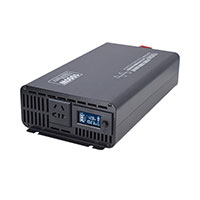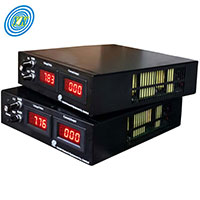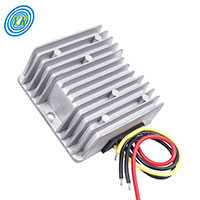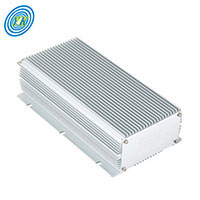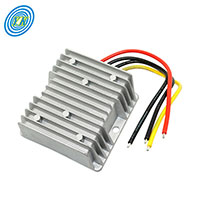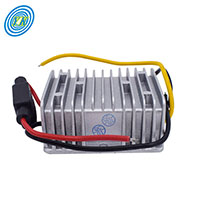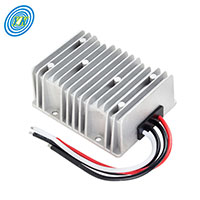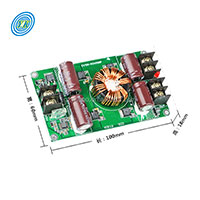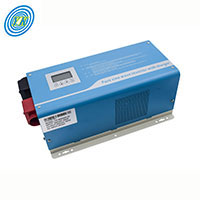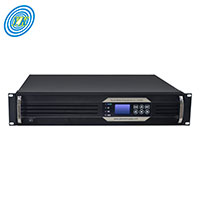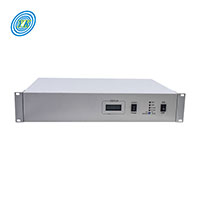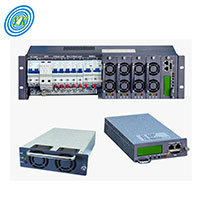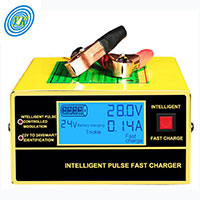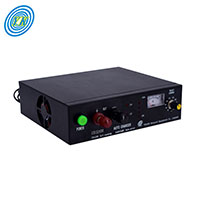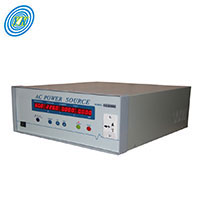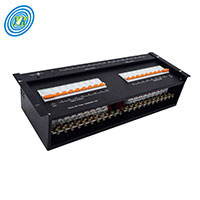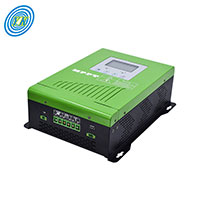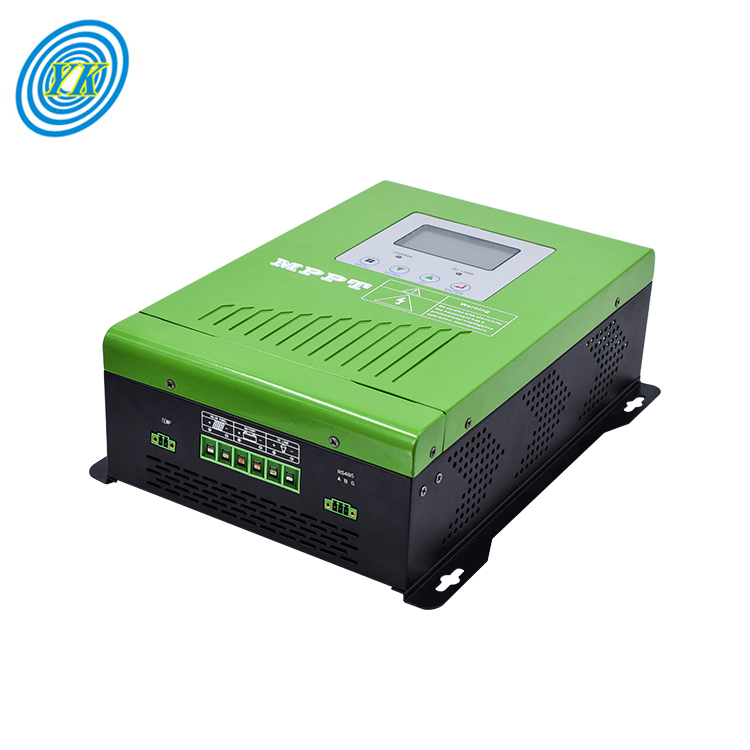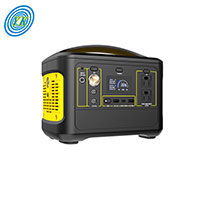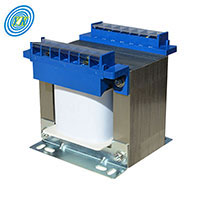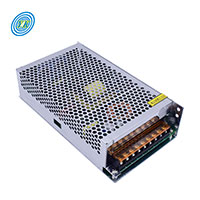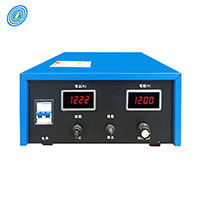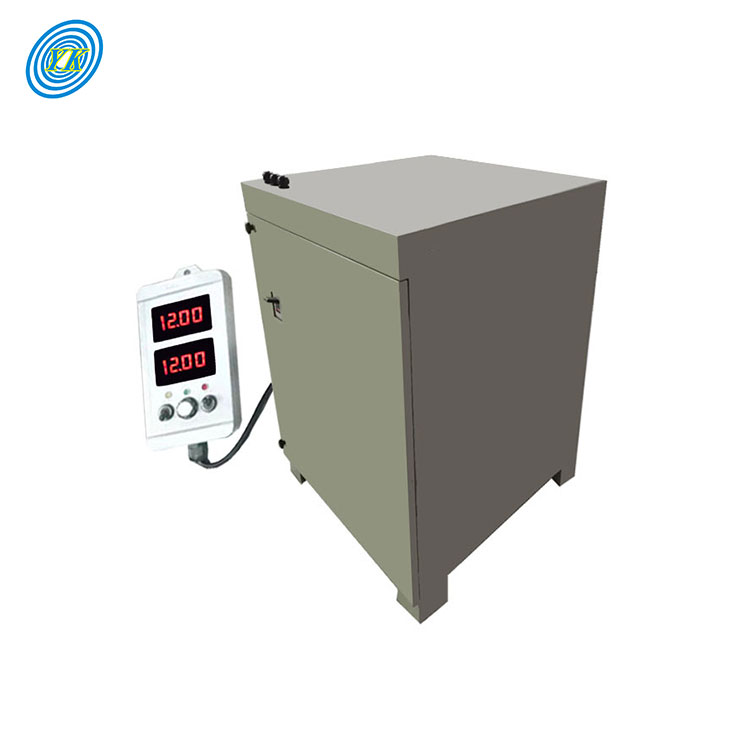
The Use of Electroplating Power Supplies in the Automotive Industry
Click: 710 Date: 11/06/2023 2::10::22 PM
The Use of Electroplating Power Supplies in the Automotive IndustryThe automotive industry is another major user of electroplating power supplies. Here, they are used in the electroplating of various parts of a vehicle, from the body panels to the engine components.One of the key uses of electroplating in the automotive industry is in the production of corrosion-resistant coatings. By electroplating parts with metals like zinc and nickel, manufacturers can significantly enhance the lifespan of these parts. This is crucial in regions with high humidity or salinity, where corrosion can rapidly degrade the parts.In addition, electroplating power supplies are used in the production of decorative coatings. For instance, they are used to plate car emblems and trim pieces with metals like chrome and gold. These coatings not only enhance the aesthetic appeal of the vehicle but also provide a layer of protection against the elements.In conclusion, electroplating power supplies play a vital role in various industries, from electronics manufacturing to automotive production. By providing the necessary voltage and current for the electroplating process, they enable the production of durable, high-quality components.
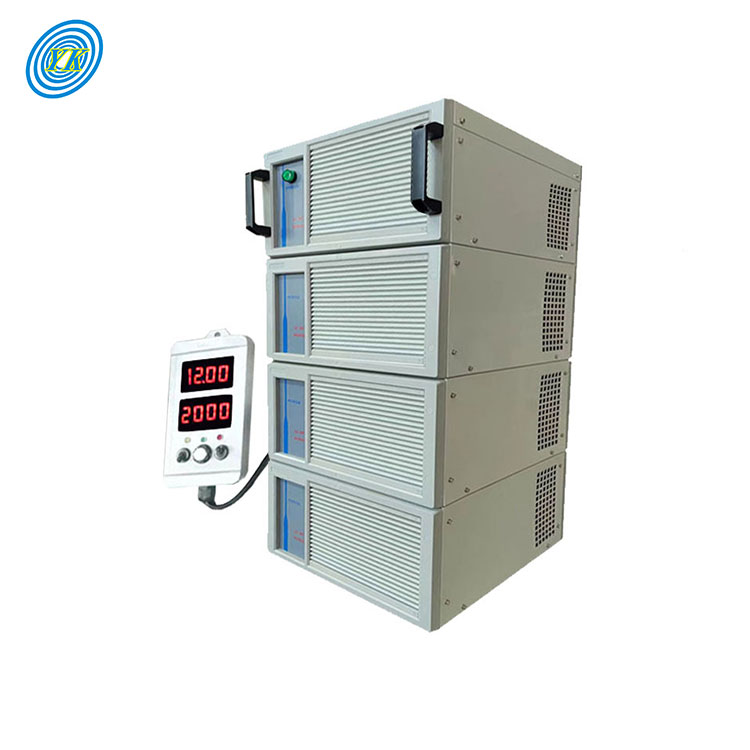
The Role of Electroplating Power Supplies in Electronics Manufacturing
Click: 592 Date: 11/06/2023 1::55::02 PM
The Role of Electroplating Power Supplies in Electronics ManufacturingElectroplating power supplies play a crucial role in electronics manufacturing. They provide the necessary voltage and current needed for the electroplating process, which involves the deposition of a metal coating onto a conductive surface.This process is widely used in electronics manufacturing to provide a protective coating to various components. For instance, it's used to plate connectors and printed circuit boards (PCBs) with metals like gold and silver. These coatings not only enhance the aesthetic appeal of the components but also improve their conductivity and resistance to corrosion.Moreover, electroplating power supplies ensure the uniformity of the metal coating. By carefully controlling the voltage and current during the electroplating process, these power supplies can ensure that the coating is evenly distributed over the surface of the component. This is crucial for ensuring the optimal performance and longevity of the components
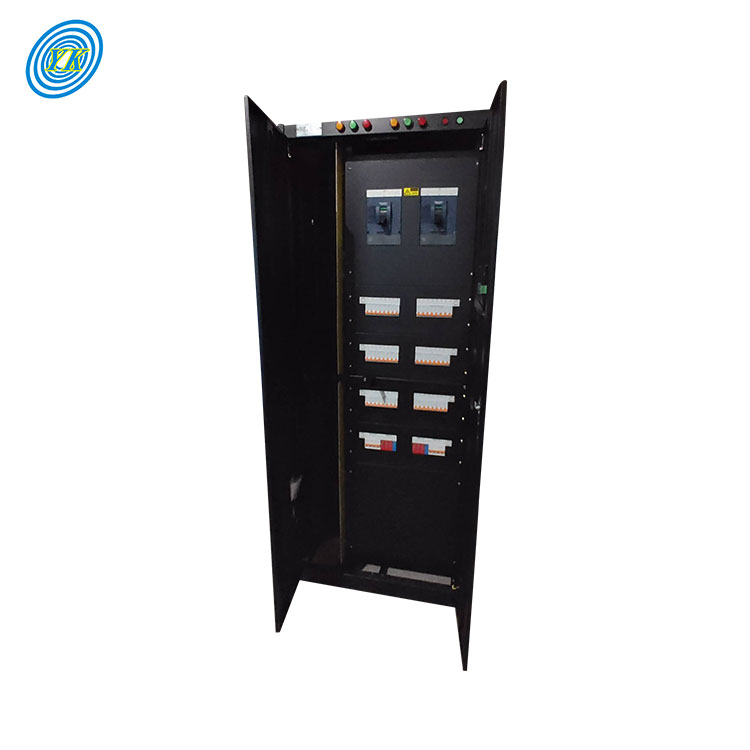
The Composition and Functionality of YUCOO Power Distribution Cabinets
Click: 776 Date: 11/04/2023 09::36::05 AM
The Composition and Functionality of YUCOO Power Distribution CabinetsYUCOO, a reputable manufacturer of power distribution cabinets, offers products that feature a fully enclosed structure with side panels, bottom plates, top plates, and front and rear doors. The structure of the cabinet is designed to ensure operational safety, reliability, and ease of maintenance and inspection.YUCOO's power distribution cabinets are designed to handle the heat, electric arc, impact, vibration, magnetic field, or electric field produced by each electrical component during operation without affecting the normal functioning of other electrical components. The surface of the cabinet is coated with a non-glare layer that is smooth, uniform in color, without flow marks or exposure, and the metal parts are without burrs or rust.In terms of power distribution, YUCOO's cabinets are designed to provide completely independent dual circuit power supply to one or multiple network cabinets. For dual circuit cabinets, each circuit should have a separate neutral line row and they should not be interconnected or shared.One of the key features of YUCOO's power distribution cabinets is the intelligent monitoring system. This system can monitor the switch status and load conditions of the power distribution system. It is capable of monitoring a range of input electrical parameters and output branch electrical parameters. This information allows users to understand the operation of each device, adjust the load distribution in time, and clearly understand the power consumption of each cabinet.In conclusion, power distribution cabinets, like those manufactured by YUCOO, play a crucial role in managing and distributing power supply in data centers and large network rooms. They not only ensure operational safety and reliability but also provide valuable data for energy efficiency management.
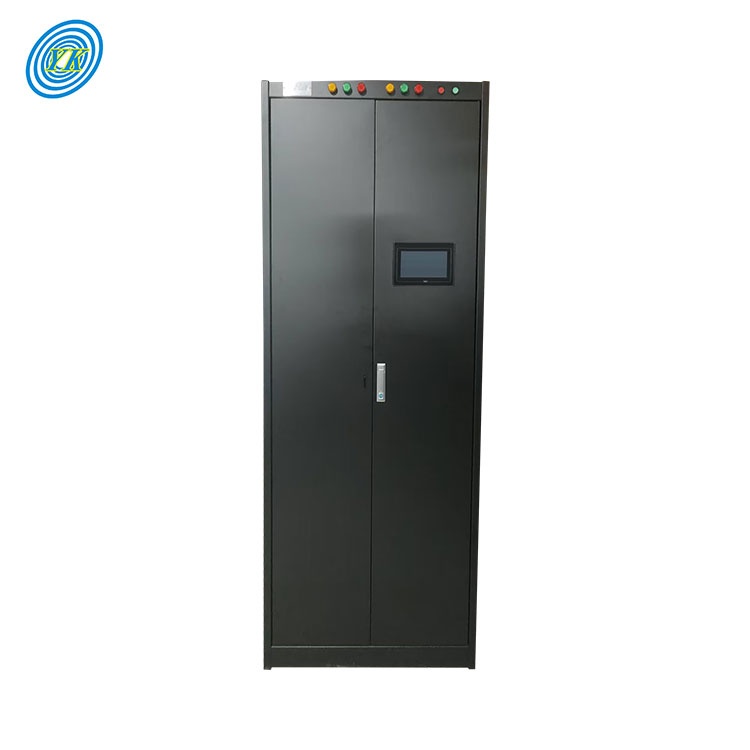
The Purpose and Structure of Power Distribution Cabinets in Server Racks
Click: 741 Date: 11/04/2023 09::23::17 AM
The Purpose and Structure of Power Distribution Cabinets in Server RacksA power distribution cabinet, also known as a header cabinet, is a crucial component in data centers, power rooms, telecommunication equipment rooms, and large network rooms. It is designed to distribute and manage power supply to one or multiple server racks within the same room, offering protective functionalities.Companies like YUCOO manufacture power distribution cabinets that ensure operational safety, reliability, and convenience in maintenance. The heat, electric arc, impact, vibration, magnetic field, or electric field produced by each electrical component during operation should not affect the normal functioning of other electrical components.The structure of the power distribution cabinet is fully enclosed, featuring side panels, bottom plates, top plates, and front and rear doors. A well-designed cabinet will have a neat exterior, with all welding spots even, firm, without cracks, residues, noticeable deformation, or burn-through.The power distribution cabinet should provide completely independent dual circuit power supply to one or multiple network cabinets. For dual circuit cabinets, each circuit should have a separate neutral line row and they should not be interconnected or shared.The power distribution cabinet also includes an intelligent monitoring system that can monitor the switch status and load conditions of the power distribution system. The system can monitor various input electrical parameters such as power, active power, reactive power, apparent power, power factor, three-phase voltage, current, frequency, etc., and output branch electrical parameters such as rated current, actual current, load percentage, load current harmonic percentage, load power, power factor, etc. This information enables users to understand the operation of each device, adjust the load distribution in time, and clearly understand the power consumption of each cabinet, providing a reliable basis for energy efficiency management and reducing energy consumption.
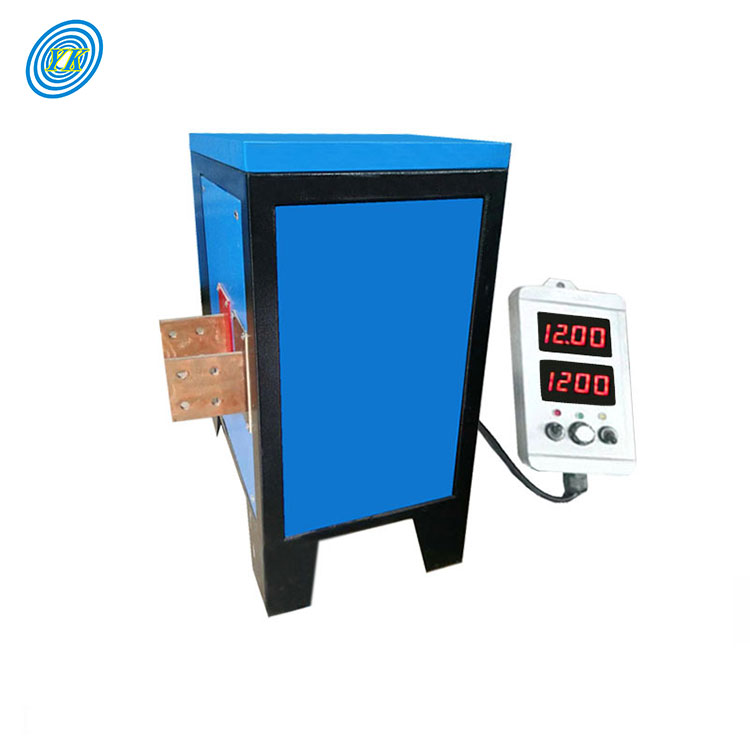
The Role of YUCOO’s Electroplating Power Supplies in Various Electroplating Processes
Click: 788 Date: 11/03/2023 1::53::41 PM
The Role of YUCOO's Electroplating Power Supplies in Various Electroplating ProcessesThe electroplating process can vary depending on the type of metal being plated and the desired outcome. Different processes require different types of power supplies, and YUCOO's range of electroplating power supplies caters to these varying needs.Chrome PlatingAmong various types of electroplating processes, chrome plating is significantly influenced by the waveform of the power supply. YUCOO's power supplies with low ripple direct current are ideal for chrome plating, as they help to ensure a wide bright range and prevent issues such as blooming and graying of the plating layer.Bright Acid Copper PlatingFor bright acid copper plating, the ripple factor of the power supply output can greatly impact the brightness and leveling of the plating. YUCOO's power supplies with low ripple factors are beneficial in this process, as they enhance the brightness and leveling of the plating, and also widen the bright current density range.Nickel PlatingBright nickel plating requires a low ripple direct current power supply to ensure the quality of the nickel plating layer and the subsequent chrome plating. YUCOO's power supplies, with their low ripple factors, are well-suited for this application.Tin PlatingFor sulfate-acid tin plating, a power supply with a low ripple factor is necessary to ensure the quality of the plating. YUCOO's power supplies are ideal for this process, providing a low ripple direct current that aids in producing a high-quality tin plating layer.ConclusionThe quality of the power supply in the electroplating process can significantly affect the quality of the final product. With their range of efficient and high-quality power supplies, YUCOO is helping businesses in the electroplating industry achieve better results in their electroplating processes.
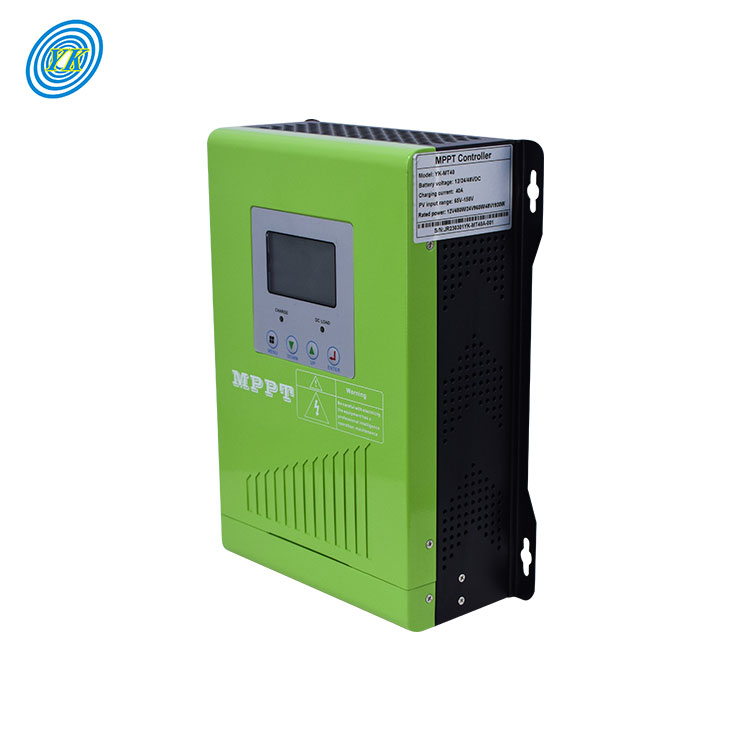
Unleashing the Potential of Renewable Energy: The Crucial Role of MPPT Controllers in Power Systems
Click: 972 Date: 09/21/2023 5::37::46 PM
Unleashing the Potential of Renewable Energy: The Crucial Role of MPPT Controllers in Power SystemsThe increasing demand for energy worldwide has led to a significant interest in renewable energy sources, particularly solar energy, due to its universal availability, environmentally friendly nature, and lower operational and maintenance costs. However, solar panels possess nonlinear electrical characteristics, with a unique maximum power point (MPP), under uniform solar irradiance and temperature. To efficiently extract and deliver maximum power from photovoltaic (PV) systems, Maximum Power Point Tracking (MPPT) control strategies are employed.MPPT Control StrategiesMPPT strategies have been developed to optimize the operation of the PV system, including offline, online, and hybrid techniques. Offline strategies require some PV values to generate the control signal essential for operating the system at its MPP. Online techniques, on the other hand, use PV current and voltage in real-time to achieve the MPP. Hybrid MPPT control strategies combine both online and offline control strategies, using two loops to track the MPP.Despite their potential, traditional MPPT control strategies often fail under varying meteorological conditions and are incapable of operating under partial shading conditions. This issue can lead to significant energy loss and degradation of the overall system performance and efficiency.Robust Integral Backstepping MPPT ControllerTo address these challenges, a robust integral backstepping (RIB) based MPPT control strategy has been proposed. This control strategy consists of two loops, where the first loop generates the real-time offline reference peak power voltage through an adaptive neuro-fuzzy inference system (ANFIS) network. The second loop uses the estimated reference peak power voltage as a set-point value for generating a control signal, thus forcing the PV system to operate at this set-point by continuously adjusting the duty ratio of the power converter.The RIB based MPPT control strategy has shown promising results, outperforming traditional backstepping and integral backstepping techniques in terms of lesser rising time, faster convergence, and minimum output tracking error. Moreover, this technique has demonstrated robustness against plant parametric uncertainties, plant voltage and current faults, and dynamic load, providing a more reliable and efficient solution for harnessing solar power.ConclusionThe introduction of robust and efficient MPPT control strategies, such as the RIB based MPPT controller, plays a crucial role in unleashing the full potential of renewable energy sources. By overcoming the limitations of traditional MPPT strategies, these advanced control techniques can significantly enhance the efficiency and reliability of PV systems, paving the way for a more sustainable and green future.
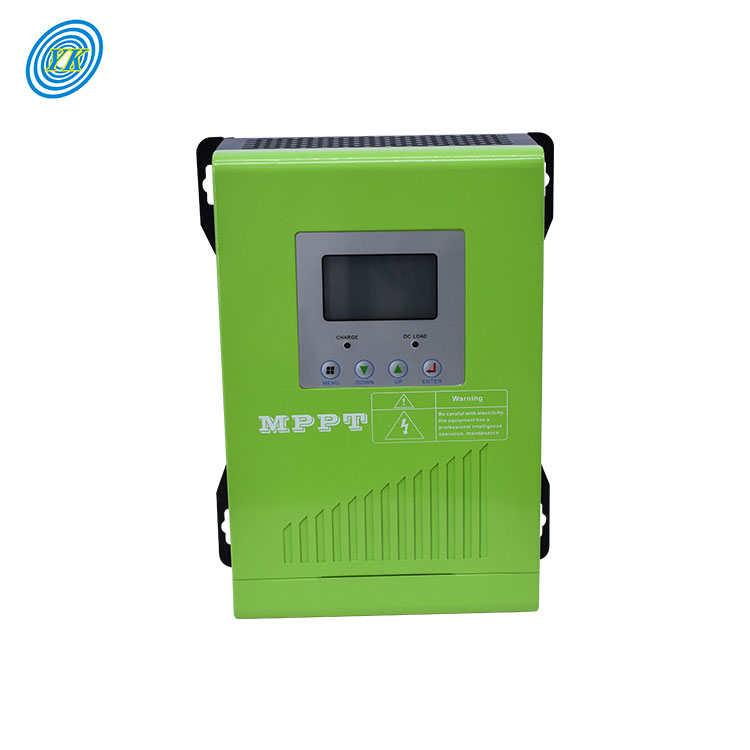
MPPT Controllers: Bridging the Gap Between Energy Generation and Consumption
Click: 862 Date: 09/21/2023 5::16::33 PM
MPPT Controllers: Bridging the Gap Between Energy Generation and ConsumptionIn the realm of renewable energy, one device has proven crucial in optimizing power efficiency and utilization – the Maximum Power Point Tracking (MPPT) controller. As the most efficient type of charge controller used in photovoltaic generation systems, MPPT controllers significantly increase the energy harvested from solar panels.The role of MPPT controllers is to regulate the energy generated by solar panels, ensuring that the power output is maximized under different weather conditions. However, commercially available MPPT controllers have their limitations. Specifically, they are bound by the input voltage of the solar panel and the charging voltage of the battery, making them less efficient under very low irradiance weather conditions such as cloudy, sunrise, and sunset times.To bridge this gap, researchers have proposed a method to increase the efficiency of MPPT controllers using a Power Management System that includes a boost converter and a switching circuit. This system operates effectively even under low irradiance conditions. The boost converter, controlled by the Pulse Width Modulation (PWM) function of an Arduino Uno, regulates the voltage required by the MPPT controller. Meanwhile, the switching circuit automatically changes the direction of the current based on the output of the voltage sensors attached to the PV panel and the input of the MPPT controller.The implementation of this Power Management System has shown promising results, with an 8.77% increase in average power to the system compared to the MPPT controller alone. This improvement underlines the potential of MPPT controllers in bridging the gap between energy generation and consumption, further enhancing the efficiency of renewable energy systems.In conclusion, MPPT controllers play a vital role in making renewable energy more feasible and efficient. By continuously pushing the boundaries and seeking ways to improve these crucial devices, we can further accelerate the transition to a more sustainable and energy-efficient future.
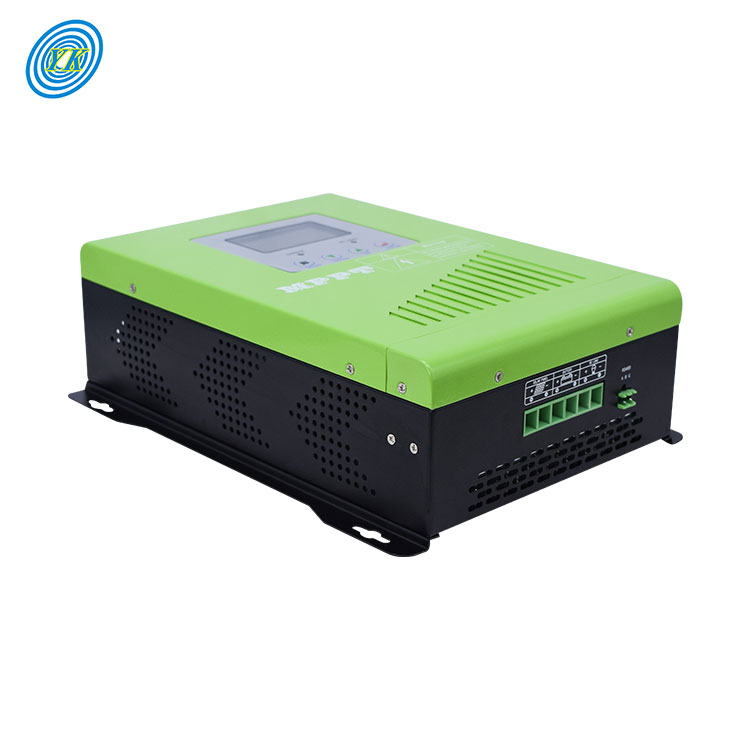
Revolutionizing Power Control: The Role of MPPT Controllers in Electric Vehicles
Click: 819 Date: 09/20/2023 4::35::21 PM
Revolutionizing Power Control: The Role of MPPT Controllers in Electric VehiclesElectric vehicles (EVs) are at the forefront of the green energy revolution. They represent a shift away from fossil fuel-dependent transportation, promising a future of cleaner, more sustainable mobility. A critical component in these electric vehicles is the power control system, specifically the Maximum Power Point Tracking (MPPT) controllers.MPPT Controllers in Power Control SystemsMPPT controllers play a crucial role in managing the power supply in electric vehicles. They regulate the voltage and current from the photovoltaic (PV) panels to achieve maximum power output. The controller continuously adjusts the electric load's resistance to ensure the PV system operates at its most efficient point under varying conditions. This optimization process is crucial in electric vehicles, where power efficiency directly impacts vehicle performance and range.Design of MPPT ControllersThe design of an MPPT controller involves creating a system capable of tracking the maximum power point (MPP) of the PV module, which varies with environmental conditions. This tracking is usually done using algorithms like the Perturb and Observe or the Incremental Conductance method. These algorithms adjust the voltage to find the MPP, ensuring the PV system delivers the maximum possible power.For example, in the Incremental Conductance method, two voltage sensors and two current sensors are needed to sense both the output voltage and current of the PV array. The MPP is achieved when the slope of the Power-Voltage curve has a value of zero. This method is commonly implemented in MATLAB/Simulink.Role of MPPT Controllers in EVsIn electric vehicles, MPPT controllers can enhance the efficiency of the on-board solar charging system. Considering the intermittent nature of solar energy, with factors like shading, temperature, and irradiation affecting power output, it becomes crucial to extract the maximum possible power at any given time. The MPPT controller ensures that the solar charging system operates at its peak efficiency, providing a reliable power source for the EV's battery.Future DevelopmentsThe use of MPPT controllers in EVs opens up possibilities for further advancements. For instance, hybrid controllers combining the strengths of various MPPT techniques could offer better tracking performance and efficiency. Additionally, the integration of artificial intelligence and machine learning could lead to more adaptive and robust MPPT systems capable of predicting and responding to changes in environmental conditions.In conclusion, MPPT controllers are revolutionizing power control in electric vehicles. They ensure that the on-board solar charging systems operate at their maximum potential, enhancing the overall efficiency and performance of the vehicles. As the EV industry continues to grow, the role of MPPT controllers will only become more significant, driving advancements in power control technologies and contributing to a more sustainable future.
